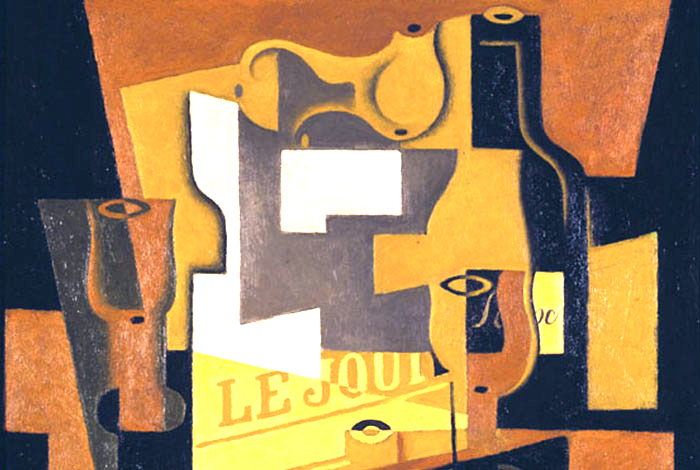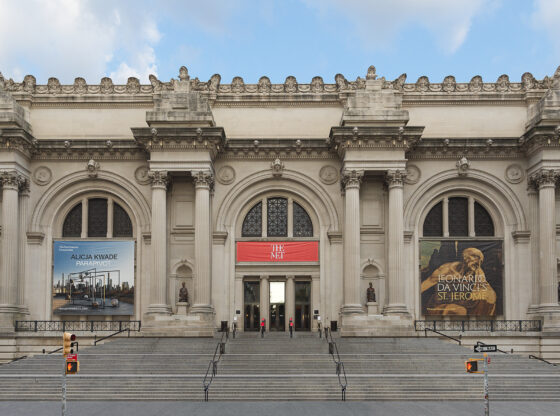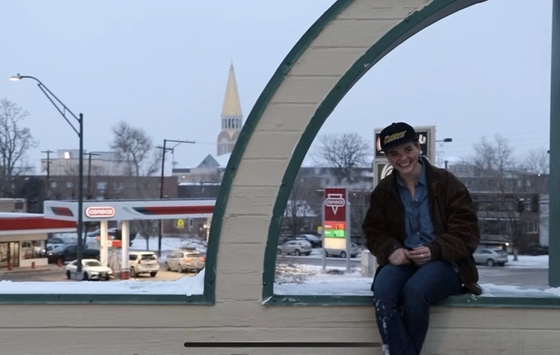With outdoor activities in Denver limited due to the weekly snowpocalypses that have been occurring, there is no better time for DU students to head downtown to the Denver Art Museum and get a dose of artistic culture by visiting the newly installed Cubism exhibit.
“Fracture: Cubism and After,” opened on Jan. 26 in the Charles and Grant Gallery on the third floor of Denver Art Museum in the Modern and Contemporary Art area. The exhibit is being curated by Gwen F. Chanzit, curator of modern art.
The one intimate room, considerably small in comparison to other exhibits, allows for careful examination of the paintings and their relationship to one another and the Cubist movement. The timeline of work ranges from the early 20th century up until Roy Lichtenstein’s Violin piece, painted in 1976, with 13 pieces presented in total.
Most famously, the Spanish painter Pablo Picasso and his contemporary, Georges Braque of France, instrumented the Cubism movement in the early 20th century in Europe. The Cubist artists challenged the classic style of realist art that had dominated artistic style before them by developing their own approach as a contemporary answer to the rapidly evolving society in which they lived. Rather than art having to be a mirror view of the world, they understood a Realist painting was no more real than the abstract and began experimenting with the manipulation of shape, line and color in their representations.
“Though Cubist painters abstracted from the visual world, they always based their works on things from the world they could see. Some later artists used Cubist styles to venture beyond Cubist intentions; they made works of art not based on any subject or object in the world. We see several of these non-representational works in the gallery,” said Chanzit in her blog about the exhibit.
The exhibit includes multiple Picasso paintings as well as works from Braque and, notably, from Georgia O’Keeffe. O’Keefe is not typically considered a “Cubist painter,” but she is most famously known for her paintings of New Mexico and the Southwest. The exhibit also includes work from other schools of art that evolved from Cubism.
“Two young American artists who lived in Paris during the early years of the 20th century co-founded a movement that took its cue from Cubism but went well beyond it. Stanton Macdonald-Wright and Morgan Russell developed the movement called Synchromism in Paris in the early 1900s,” noted Chanzit in her blog.
The gallery will be on display for a whole year, until next January. All of the paintings included in this exhibition are part of the DAM’s permanent collection.
“I think if Picasso and Braque saw this exhibition they would be surprised to see how far artists following them went beyond their developments — to go from abstracting from visible world, to making completely non-objective paintings,” said Chanzit, remarking on what opinions she imagines the Cubist originators would have about the exhibit.
Beyond the Fracture exhibit, Denver Art is also hosting other not-to-miss exhibits including the highly rated “Passport to Paris” exhibit, with rare works from Edgar Degas and others, on display until Feb. 9.
Admission to Fracture is included in the price of general admission at the DAM, 100 West 14th Avenue Parkway. More information about what is at Denver Art Museum currently can be found on denverartmuseum.org.
So next time an open afternoon arises, brave the temperatures just long enough to get inside of the Denver Art Museum and take advantage of their many cultural opportunities.











